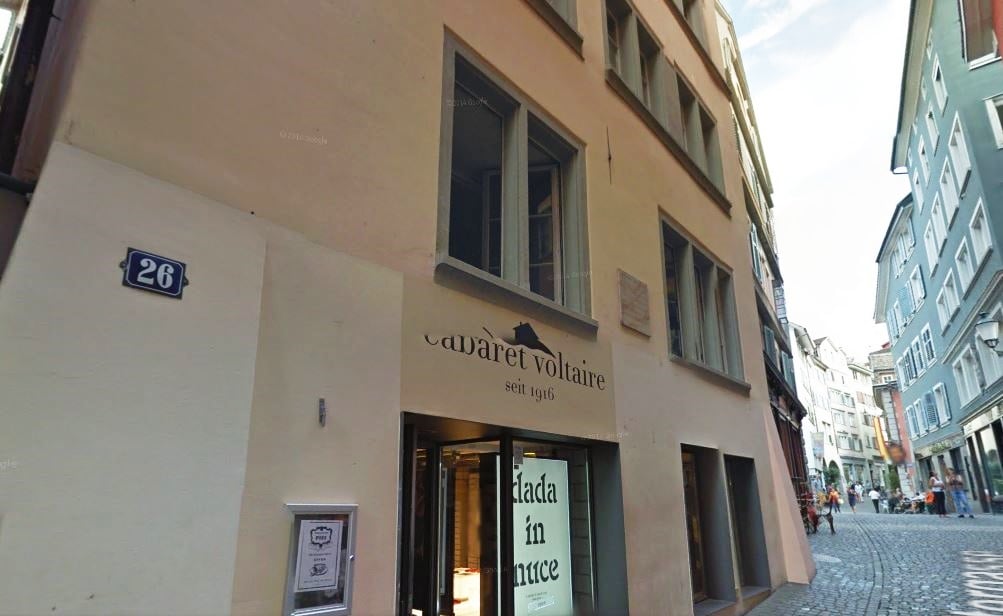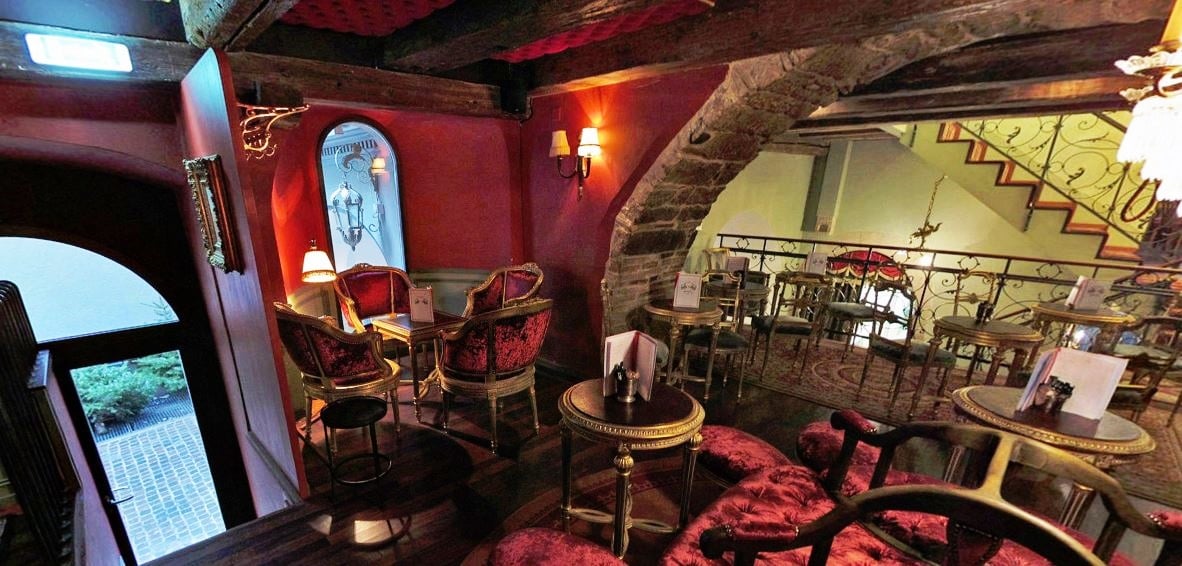Art World
Historic Cabaret Voltaire Is for Sale as a $13.1 Million Living Sculpture
The birthplace of Dada is seeking a risk-taker with a big wallet.

Photo: Google Maps.
The birthplace of Dada is seeking a risk-taker with a big wallet.

Rain Embuscado

Earlier this month, the renowned Cabaret Voltaire celebrated a century of operation. Yet despite its notoriety as the birthplace of Dada, the Zurich theater has been struggling financially, and management is now attempting to sell the club as a $13.1 million sculpture.
Adrian Notz, the director of Cabaret Voltaire, told Swiss Info that he’s trying to sell the club as a Gesamtkunstwerk. “It would be nice to offer the sculpture as a living space for artists who would manage the house and run it as a slightly more international meeting place,” says Notz. “The art market is currently so crazy that it might actually work!”
The building is owned by insurance behemoth Swiss Life, and these plans are contingent on the company’s willingness to sell. According to The Art Newspaper, Swiss Life collects an annual sum of $317,000 (CHF 315,000) in rent. In addition, the non-profit needs $502,000 (CHF 500,000) in operations costs.
In the past, these expenses were subsidized by the city government and other private players. But in 2008, the right-wing UDC party opposed municipal funding for the establishment, and the watchmaker Swatch subsequently withdrew financial sponsorship.

Inside Cabaret Voltaire.
Photo: Google Maps.
As a result of these cuts, the Cabaret Voltaire has largely been left to its own devices in the years that followed, relying on its shop, bar, events, and performances for income.
If management succeeds in attracting their desired investor, the Cabaret Voltaire looks forward to plans of expanding its reach. “It would be good to transform the Cabaret Voltaire into a center for artists to manage the place,” Notz said, “and give it a more international dimension.”
The building has experienced funding issues before, and drastic measures have been taken to keep it afloat. In 2002, conceptual artist Mark Divo thwarted plans of demolition by creating a “nonstop happening” which involved thousands of visitors to the site.